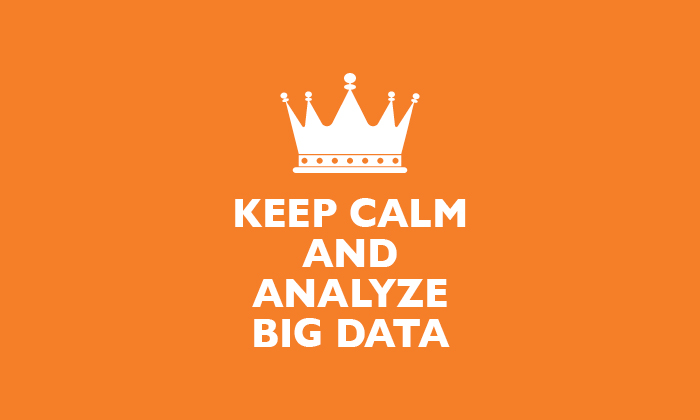
Companies of all kinds are embracing #dataanalytics to uncover patterns, correlations, market trends, customer preferences and other business information. But their happily-ever-after ending — competitive advantage — can be elusive without the right skills in place.
Here, an industry-recognized practitioner of and speaker on #datastrategy shares insights about a new role: #datastoryteller. Kenneth Viciana ’99 is vice president, Enterprise Data Strategy, at Equifax.

Companies need data storytellers to maximize their big data investments. Companies are spending millions on big data infrastructure and staff such as data scientists. But many firms fall short in one area: developing professionals who can find and explain the business value yielded by all that data and analytics. That’s where the data storyteller comes in. The data storyteller helps companies use data to drive decisions by delivering stories that explain what the data means and how they should act on it. They deliver that message through presentations and visuals to external clients as well as internal managers and executives.

The data storyteller is a hybrid position requiring IT, data and analytics skills along with some sales and marketing savvy. These skills allow for connecting the dots between the business challenges and what the data analysis shows. For example, Equifax, which does a lot of work in the banking space, can see what drives a customer to have a checking account with one bank while holding a mortgage and credit cards with other institutions. As a data storyteller with Equifax, I use data and analytics to explain to clients how they, as banks, can more effectively cross-sell services to that customer.

Focus on the ‘wow’ factor. Data alone doesn’t dazzle. So when giving a presentation, I leverage business intelligence tools. This provides an interactive customer experience that is visually appealing and looks sexy. I’m clicking around, drilling into different segments, while telling the story. I’ve realized that when I have visuals supporting the story, it’s much easier for the audience to digest — especially when I’m speaking to key performance indicators such as target sales and revenue figures.

Many roles can tell stories with data. Although data storyteller is a distinct position that’s emerging in companies, other professionals have opportunities to present stories using data. To do this, understand your audience and the specific points you’re trying to convey, so you can focus on the right data points. When I’m making a presentation, I often go back to the basics, that is, what am I really trying to drive out of this presentation and what are the goals. Take, for instance, the banking industry’s interest in targeting millennials. Data shows they don’t follow the same financial behaviors as other generations, but banks want to attract more millennials to help grow their customer base. So I use big data and transform it into valuable insights that identify actions they need to take — for example, marketing to a specific profile such as higher-risk/lower-income consumers to drive more loan originations among this segment — to increase the customer base of millennials. 



